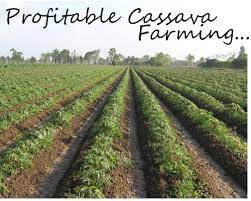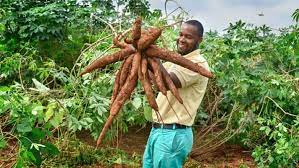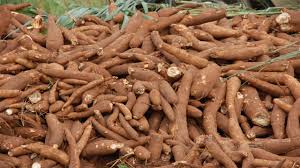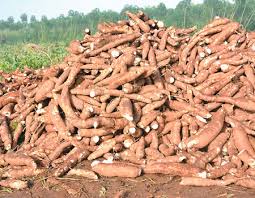How to Start a Snail / Heliciculture Farming Operation?
Snail / Heliciculture farming can be a very lucrative business venture. Most large snails are edible and can be sold at a high price. Because they are considered agricultural pests, organic farm owners want to get rid of them and let you harvest them. There’s also a growing demand for “snail slime” in the cosmetic industry.
Factors to consider when Starting:
Soil requirements – Snails thrive in well – cultivated rich quality soil. Calcium in the soil is also important for the snails’ shell.
Farm System – Protect and contain snails in pens that are either inside a building or greenhouse or with plastic tunnel houses.
Climate Control – The ideal temperature for growing snails is between 16degrees and 24 degrees and they also need humidity, so include sprinklers.
Snail Feeding
Make food and water available in the morning and night every day. Feed your snails with plantain, pumpkin, potato, lettuce, pawpaw, cabbage, cucumber etc. Snails commonly feed on meal leftovers and green leaves without salt. Calcium is also vital for the growth of their shells.
Snail Housing
Snails need comfort to thrive. The size of the snails’ house will determine how comfortable the snails will be. Also, the style and size of the snail house are dependent on the size of your snail farm. Besides nets, people rear snails in boxes made of wood and wire gauge.

Snail Harvesting
Snails take an average of two years to reach full maturity. To know whether or not the snail is mature, inspect the brim of the shell. Snails with a hard and thick shell are mature. Make sure to harvest snails only when they are matured. You can harvest snails with the help of baskets, boxes, bowls, and containers.
Importance of a Snail Farming Business Plan
Putting together a business plan for a snail farming operation can be daunting. This is especially so if you’re creating a business for the first time. To create an effective business plan for your farming operation , you’ll need to assess your current position (if you’re already in business) and define where you want the business to be in the next three to five years. If you need any help with this, contact us now
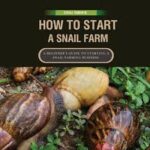
How to Start a Snail / Heliciculture Farming Operation? Read More »

